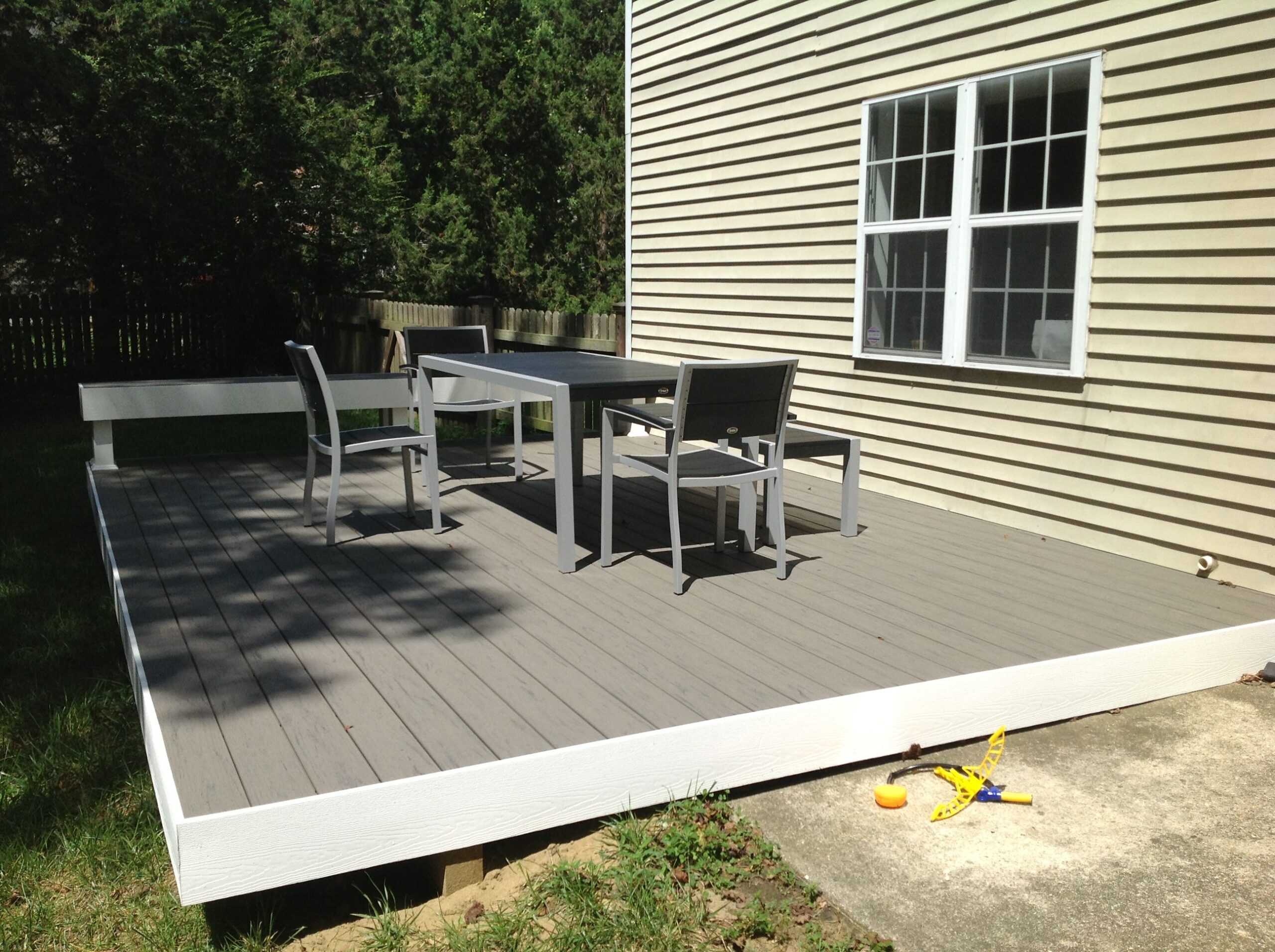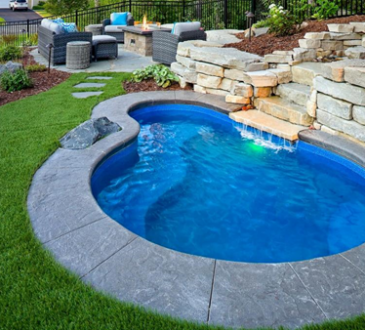
Your HVAC (Heating, Ventilation, and Air Conditioning) system is essential for maintaining a comfortable indoor environment, regardless of the season. Keeping it in good condition ensures efficient operation, reduces energy costs, and extends its lifespan.
Regular maintenance can prevent unexpected breakdowns and costly repairs, providing peace of mind and a comfortable living space. Here are five key tips to help you keep your HVAC system in top shape.
1. Regularly Replace Air Filters
Air filters are crucial for maintaining good air quality and efficient HVAC operation. They trap dust, dirt, and other particles, preventing them from entering your system and circulating through your home.
Over time, filters can become clogged, restricting airflow and forcing your system to work harder, leading to increased energy consumption and wear and tear.
To keep your HVAC system running smoothly, replace or clean the air filters regularly.
2. Schedule Regular Professional Maintenance
Professional maintenance is essential for the long-term health of your HVAC system. Schedule an annual tune-up with a licensed HVAC technician providing air conditioning services, ideally before the start of the heating or cooling season.
Regular maintenance checks can identify and address potential issues before they become significant problems, ensuring your system operates efficiently.
During a maintenance visit, the technician will perform a comprehensive inspection of your system.
3. Keep the Outdoor Unit Clean
The outdoor unit of your HVAC system, often called the condenser or heat pump, plays a vital role in releasing heat absorbed from inside your home. Keeping this unit clean and free from obstructions is crucial for efficient operation and heat exchange.
A clogged or dirty outdoor unit can lead to reduced efficiency and increased energy consumption. Regularly inspect the area around the outdoor unit and clear away any debris, such as leaves, grass, dirt, or branches, that may have accumulated.
Ensure that there is at least two feet of clearance around the unit to allow proper airflow. Trim any vegetation or shrubs that are growing too close to the unit to prevent interference with its operation.
4. Check and Seal Ductwork
Leaky ductwork can lead to significant energy loss, reducing the efficiency of your HVAC system and increasing your energy bills due to elevated usage of the furnace and cooling system. Inspect your ductwork for any visible leaks, disconnected joints, or damage.
Common signs of ductwork issues include uneven heating or cooling, increased energy costs, and excessive dust in your home.
Seal any leaks or gaps in your ductwork using mastic sealant or metal-backed (foil) tape both for the furnace and cooling system. Avoid using standard duct tape, as it is not durable enough for long-term use.
5. Optimize Thermostat Settings
Using a programmable or smart thermostat can optimize the efficiency of your HVAC system by automatically adjusting temperatures based on your schedule. Set the thermostat to reduce heating or cooling when you are away from home, and increase it before you return.
This reduces unnecessary energy consumption and ensures a comfortable environment when you need it.
Adjust your thermostat settings according to the season. In the summer, set your thermostat to a higher temperature when you are not at home, and lower it during the winter.



